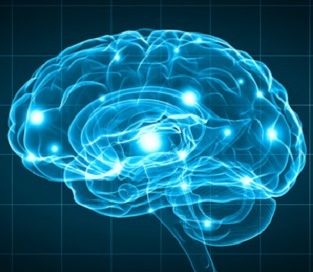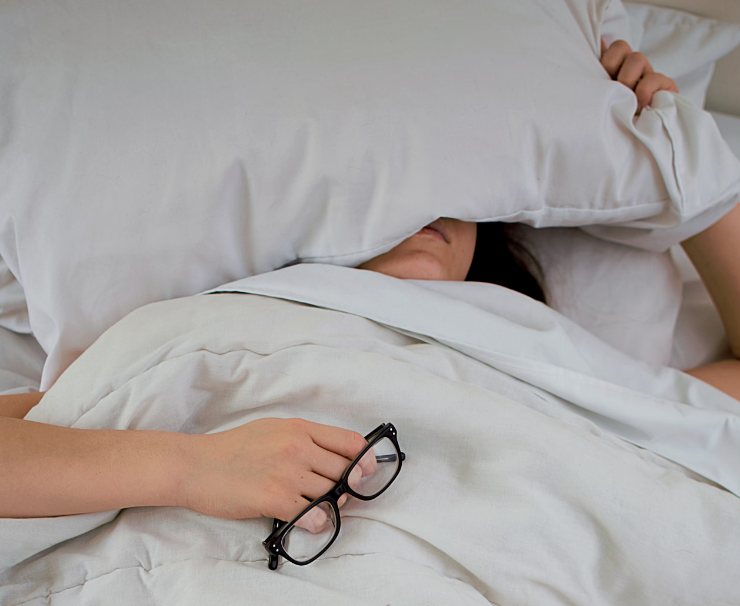Article
Data Provide New Neurobiological Insight on Insomnia
Author(s):
The study explores the relationship between the ascending arousal network, its alterations, and its connections with cortical networks in chronic insomnia disorder.

In vivo evidence supporting a strong relationship between ascending arousal network (AAN) and insomnia was provided for the first time in a recent study. The research specifically focused on patients with chronic insomnia disorder (CID) which coincides with mental disorders and an increased risk of depression and anxiety.
The team of investigators, led by Liang Gong, Department of Neurology, Chengdu Second People's Hospital, stated that despite being the second most common neurophysical disorder, there's limited understanding around the neurobiological mechanisms of chronic insomnia disorder.
Recent insights on the pathogenesis of insomnia have been provided by the brain hyperarousal process model and the experience of hyperarousal is a persistent characteristic of patients with insomnia. The objective of this study was aimed at the exploration of the ascending arousal network, its alterations, and its connections with cortical networks in chronic insomnia disorder.
Assessing the Arousal Network and Sleep
A population of 60 patients with the chronic condition was evaluated alongside a control population of 60 demographically matched individuals who were deemed good sleepers. Investigators performed a series of neuropsychological tests followed by an MRI scan for all participating individuals.
There were 9 regions of interest (ROIs) for imaging: the dorsal raphe nucleus, LC, mesencephalic reticular formation (MRF), median raphe nucleus (MR), PAG, PBC, pontine nucleus oralis (PO), PPN, and ventral tegmental area. As for the 8 cortical functional networks, investigators focused on DMN, 4 nodes; SN, 7 nodes; DAN, 4 nodes; FPN, 4 nodes; SMN, 3 nodes; visual network (VN), 4 nodes; language network (LN), 4 nodes; and cerebellar network (CBN), 2 nodes.
Insomnia severity and subjective sleep quality was assessed with the PSQI scale. Zung's Self-Rating Depression Scale (SDS) and Anxiety Scale (SAS) were implemented for depression and anxiety measurements.
The final analysis consisted of 57 patients in the study group and 56 in the control group. An independent data set including 30 patients with CID and 30 in the control group was also provided for classification and regression model validation.
Understanding the Pathophysiology of Insomnia
Findings demonstrated changes in the brain's functional connectivity between the ascending arousal network and 8 cortical networks in patients with chronic insomnia disorder as well as the control group. In order to predict clinical symptoms of insomnia and differentiate between the groups, investigators applied a multivariate pattern analysis in the main study groups and the external data set for further verification.
An increased functional connectivity in the ascending arousal network was identified in patients with CID. Additionally, these patients exhibited an increased functional connectivity between the AAN and default mode, cerebellar, sensorimotor, and dorsal attention networks.
"These AAN-related FC patterns and the MVPA classification model could be used to differentiate CID patients from GSCs with 88% accuracy in the first cohort and 77% accuracy in the validation cohort," investigators stated.
The prediction models were even capable of separately predicting insomnia and anxiety symptoms in the independent cohort groups. Overall, the data accentuated the role of the ascending arousal network in the pathophysiology of insomnia, along with the comorbidities of mental symptoms.
"Our findings indicated that AAN contributed to the neurobiological mechanism of insomnia and highlighted that fMRI-based markers and machine learning techniques might facilitate the evaluation of insomnia and its comorbid mental symptoms," the team concluded.
The study "The role of ascending arousal network in patients with chronic insomnia disorder" was published in Human Brain Mapping.





